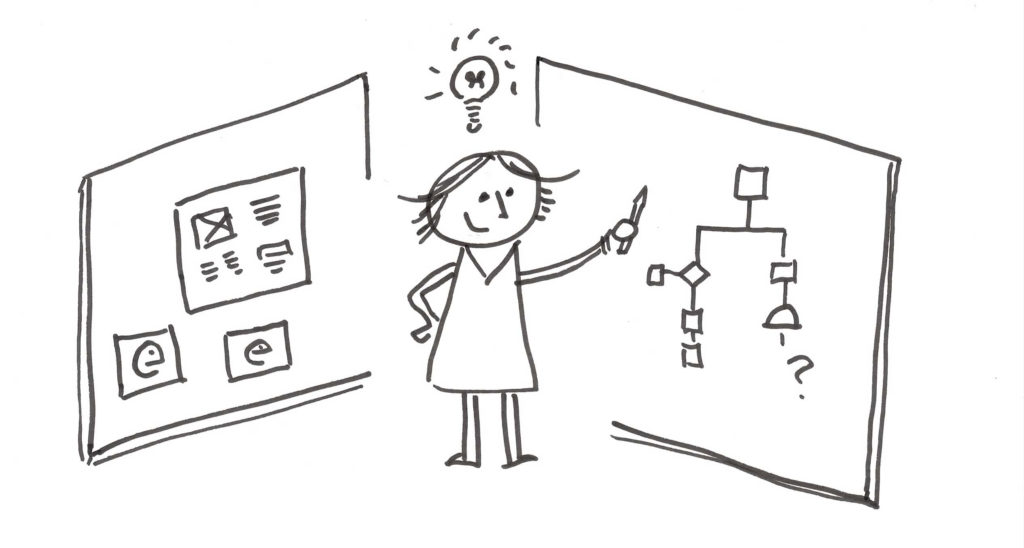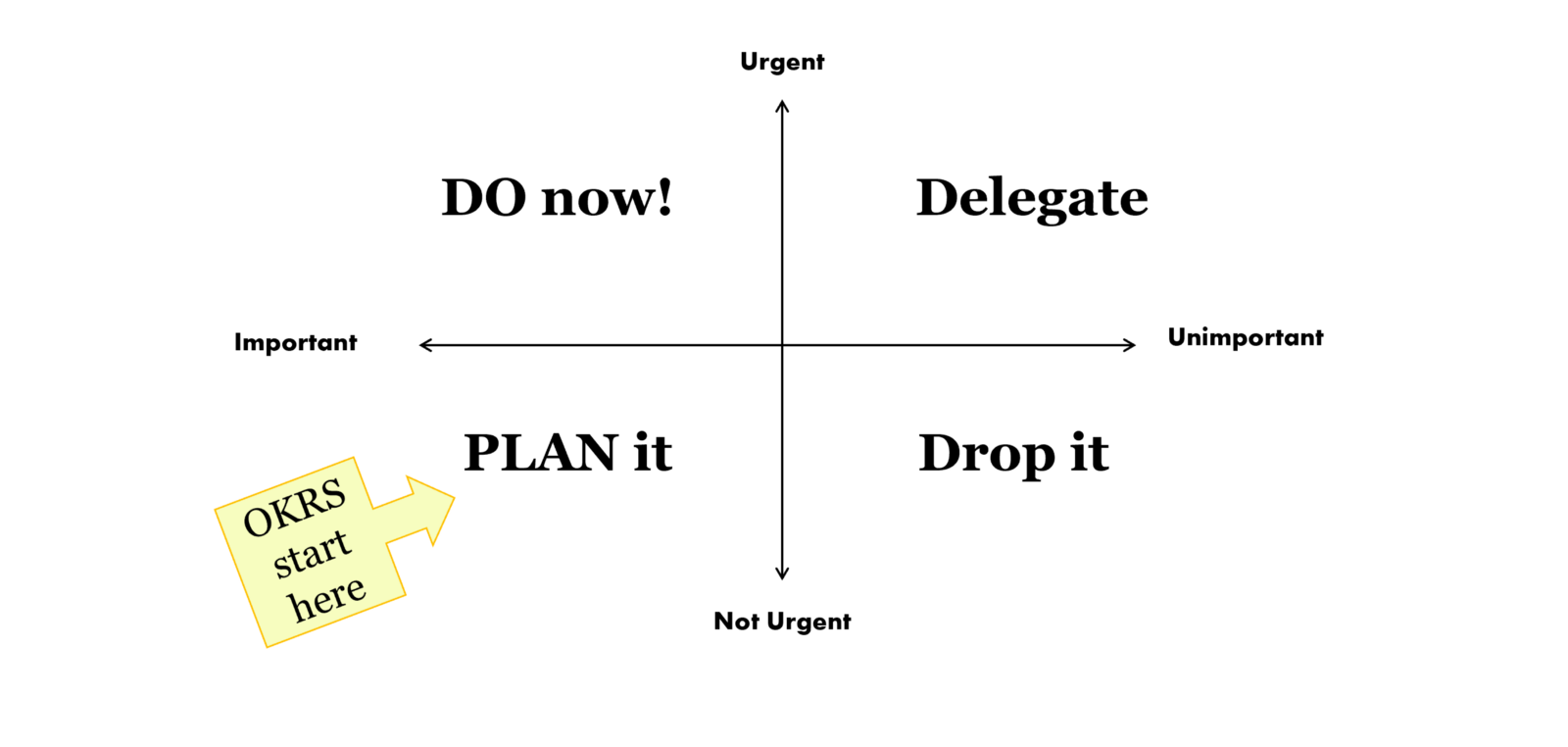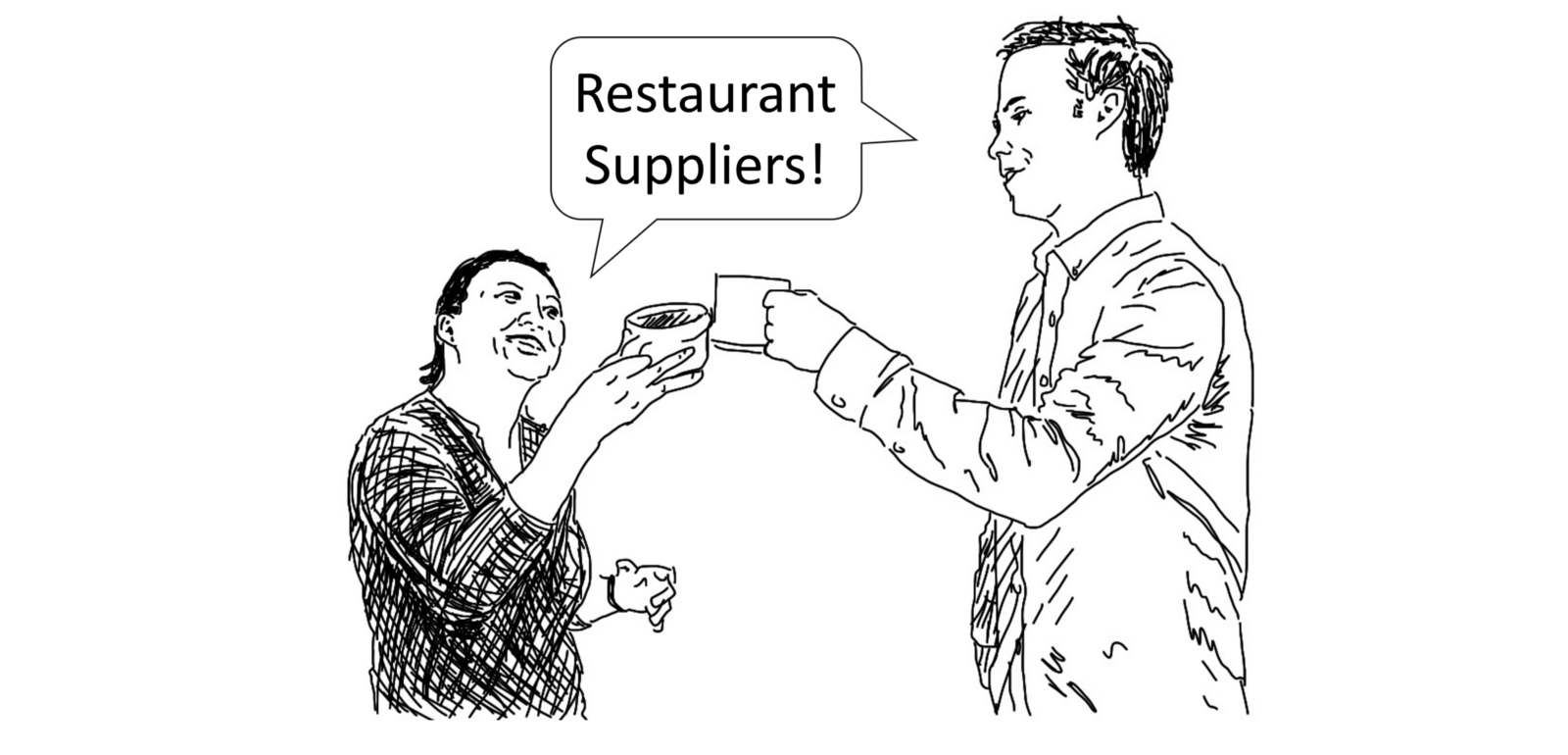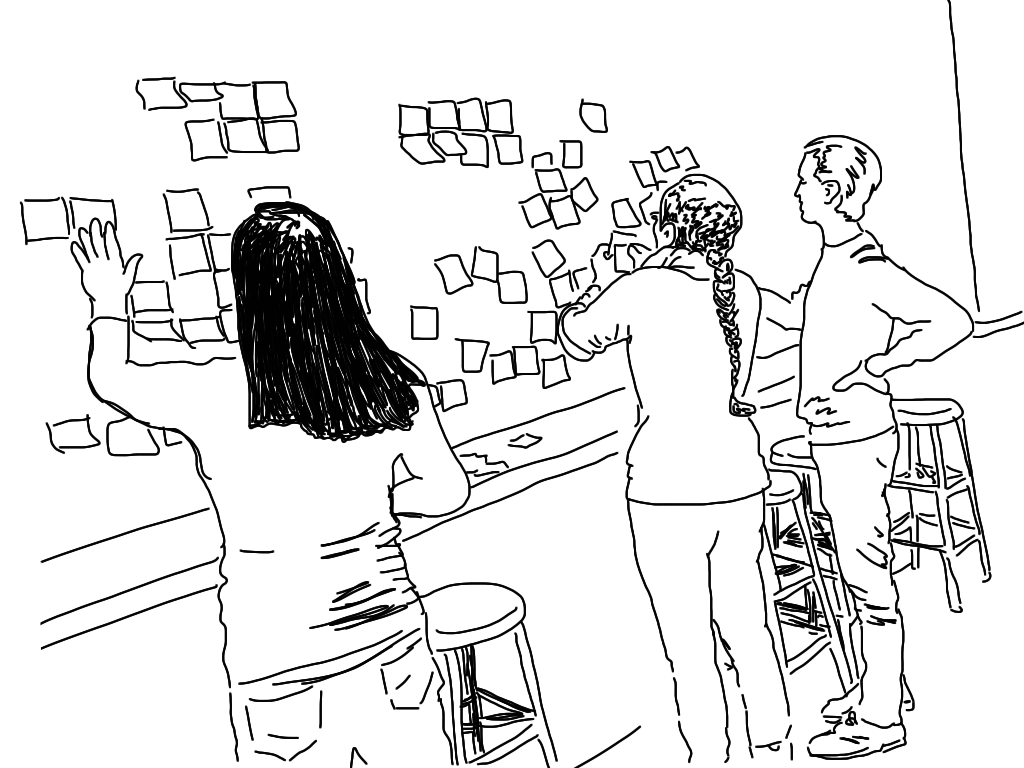The Goal Fits the Team

Beyond the Usual OKR approach
Since I first started writing about OKRs seven years ago, I have had a lot of companies reach out to me for advice. OKRs were originally envisioned to create focus on things that are important but not (yet) urgent. OKRs act as an accelerant on progress toward strategic efforts.

OKRs unify effort across a company and are especially powerful when used for change management. In my book, Radical Focus, OKRs are key to making sure that TeaBee focuses on their nascent B2B business. But traditional OKRs only work if there is a strategy in place. Sometimes you need help focusing on getting to a strategy.
As I’ve worked with companies over the years, I noticed certain patterns in the challenges they faced that required a different approach to OKR setting. With my clients, I co-created new “flavors”of OKRs to support those efforts while making sure that the OKRs are still outcome oriented.
Some organizations struggled with setting goals when you have no idea what you are doing. Others wondered when do we stop exploring and start doubling down on a strategic direction? Many struggled with long time horizons for development, such as those seen by finance companies or biotech.
Below are three common types of OKRs I have developed to help companies in the early stage of development, at the middle stage when you are validating a strategic direction, and finally, before committing to major efforts.
Exploratory OKRs
Disruption efforts, be it entrepreneurs or intrepreneurs, often struggle with adopting OKRs. OKRs were originally designed for exploiting — driving performance in previously-identified high-potential initiatives— and not for exploring unknown possibilities. Exploratory OKRs work well for very early stage start-ups or for R&D/Innovation teams.
Exploratory OKRs were one of my earliest uses for OKRs in my personal life. If you’ve watched my talk, The Executioners Tale, you’ve seen this OKR set.
Objective: Be financially stable, preserve health do work I like.
KR: earn 30K over three months doing work I’d do even if I wasn’t paid
KR: have a manageable budget to predict expanses
KR: zero acid reflux, zero back pain
In the above OKR set, I am envisioning an end state I want to see, defining it quantitatively, and then running a lot of experiments to try to achieve that state of happy and healthy.
I tried consulting at start-ups, paid speaking, Clarity (advice over the phone) and teaching a night class at General Assembly. I learned what I like, what kept me healthy and what made enough money to live the life I wanted. I emailed my efforts and the results to my coach, who helped me make sense of it all. I can trace my current life at Stanford directly back to this OKR set.

In a business setting, Exploratory OKRs are a solid approach if you’ve got a bit of cool new technology and need to find a market for it (probably the hardest way to start a start-up, IMO.) For example, let’s say you are a researcher and came up with a way to quickly draw pictures in emails for when words fail. You invented it to scratch your own itch: often you are frustrated trying to explain yours ideas just with words and you wish you could just do a quick “back of the napkin” drawing to explain yourself. But who else has this problem? You love your product, and you are trying to figure out who else might use it.
Here is an example OKR set for that entrepreneur. (As ever I use “X” as a stand in for the actual amount. To get to that amount, it requires a lot of discussions and market research.)
Objective: Market can’t live without our tool for drawing pictures in email
KR: Preorders at X
KR: 3 B2B deals signed
KR: X beta users
It’s ok to get this wrong. The numbers don’t have to be right, since you barely can guess what it might mean. This kind of OKR acts more as a north star. It reminds you what you are trying to do and reminds you to try and measure your success every week. The early stages of development are gooey, and it’s too easy to wander off after the next shiny object.
In game development we call this “wandering in the wilderness.” Often the only goal for a game is the ever elusive “fun.” The struggle is how to get fun to happen for enough people to make the game worth developing.
Objective: Target Market finds our game fun.
KR: Playtests eagerly recommend 3 friends to playtest
KR: In playtests, 80% players complete the game
KR: 30% of players buy the game at the “pre-release price.”
Setting an exploratory OKR set makes sure you focus on your goals when its so easy to get excited by a new lighting approach, or a great idea for sound design. OKRs remind you that you are doing this for your audience and for your business — not just for giggles.

Hypothesis OKRs
I often joke that if you are a startup, the only OKR you need is “get to product market fit.” Exploratory OKRs are good for finding that first hint of product-market fit. Hypothesis OKRs are useful for getting the data you need to prove you are on the right track or that you need to pivot.
In a hypothesis OKR, the objective is a hypothesis about a success state, and the key results are the metrics that prove if it’s true. If you achieve your key results, you can prove you have product market fit to yourself and to your investors.
Here’s how it works: the objective is your value proposition. It should include the target market.
- Bookkeepers Are Delighted by our Auto-Categorization System
- Designers can’t imagine designing interfaces without our Usability Error Detection Algorithm
- Product Managers Love Meetings When Using Our Agendaware
The KRs are the way the market would react if the value proposition was true. This can include
- Sales/Revenue
- Conversions from Competitors
- Willingness to recommend your software to peers
- Prepayment for vaporware
Beware of “weak indicators” like NPS or email signups. People don’t lie with their wallet.
Without trying to fit all of “How to make a start-up succeed,” I’ll say that if you have done your market research and if have a guess about how big your SOM is, you should be able to put together a credible guess at what your KRs should be. Even if you can’t, the sooner you start benchmarking, the sooner you’ll understand the metrics that affect you. Practicing prediction leads develops intuition about your market.
Example: Brand X has pivoted into B2C from B2B.
O: Customers embrace our product
KR: X units sold (a high number)
KR: X returns (a low number)
KR: X number of 4–5 star reviews on sales website Y.

Milestone OKRs: Outcome-Based Milestones
Companies in slow moving industries often struggle with the quarterly cadence of OKRs. So I invented milestone OKRs for efforts that last more than a couple quarters. I came up with it when I was working with a Mexican Restaurant owner who was expanding from England into Switzerland. He said he had things he “just had to do” like finding a location and getting permits and hiring. How could OKRs help?
I asked, “Will any location would do?”
He said “No, it had to have the right zoning, enough foot traffic, parking, public transit access …” etc etc.
We came up with the milestone OKR for Q2 of “Be prepared to have a successful pre-opening test run.” The KRs were about quality of location, quality of hires, etc… that way he could still try different things to get to a successful milestone. The new milestone was about measurable opening success and the third was about the next branch of the chain.
Since then, it has worked well for R&D, biotech, finance and other companies that longer development cycles. A year is too long to go without checking in so the milestones are to create clarity at what research is being done to what end, and what success looks like. These milestone OKRS are never around what we’ll do but always about where we’ll be.
- NO: Get new CPAP lightweight mask prototype built
- YES: New CPAP lightweight mask prototype produces better sleep for 8 of 10 testers
- NO: Strategy for 2021 draft finished
- YES: Strategy for 2021 draft approved by C-suite (trust me, it’s a stretch goal.)
- NO: New quality assurance tracker database finished (task milestone for a new quality assurance tracker tool)
- YES: New Quality assurance tracker database approved by stakeholders and SME’s (Subject matter experts)
It’s the difference between doing something and doing something effectively. To figure out what your Key Results should be, ask yourself: what would happen if we did this milestone to the best of our ability? What external signs would indicate we’d done well?

OKRs Are Always About Outcomes
No matter what you are trying to do and how you are trying to do it, OKRs are there to help you do it well. You can be just beginning and effort with a vague idea, “I wonder if it’s worth creating a cooperative publishing company for books about weird ideas with small markets?” You can be a little further on, “I know a bunch of folks with these book ideas and they all have a good following, but is there enough to actually make a living?” Or you can be ready to commit to something huge, but it’s scary to risk a year or more on a (validated) hunch: “I want to launch a publishing group that is sustainable and influential.”
You want your work to have impact. So don’t make a to-do list. Don’t build a kanban board full of tasks. Decide what impact you want to have and then work toward that, measuring the entire way. Only then will you know when it’s time to pivot, when it’s time to quit and when it’s time to double down. Use feedback from the real world to make a real difference.
Don’t just make stuff. Make an impact.
 Previous Post
Previous Post Next Post
Next Post
